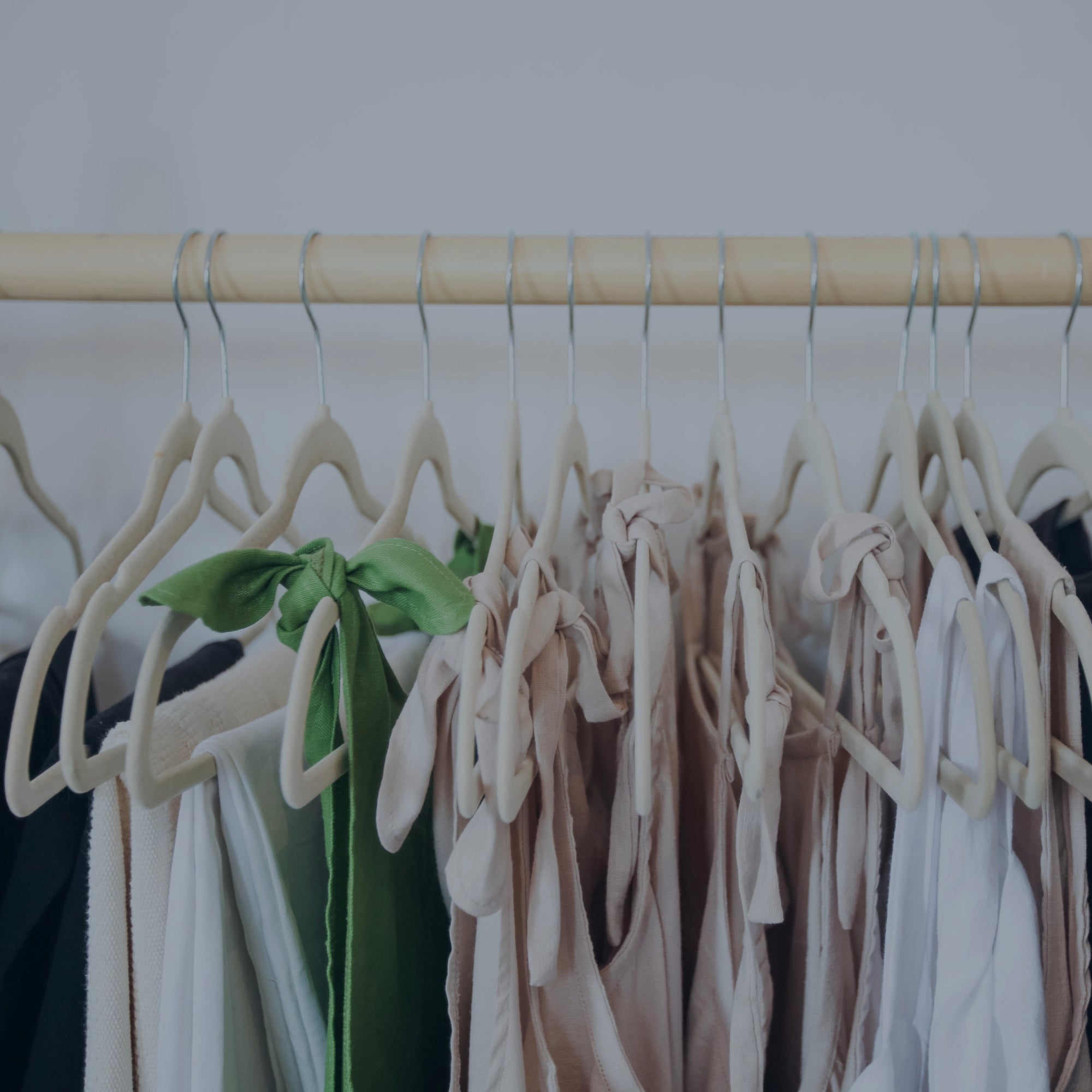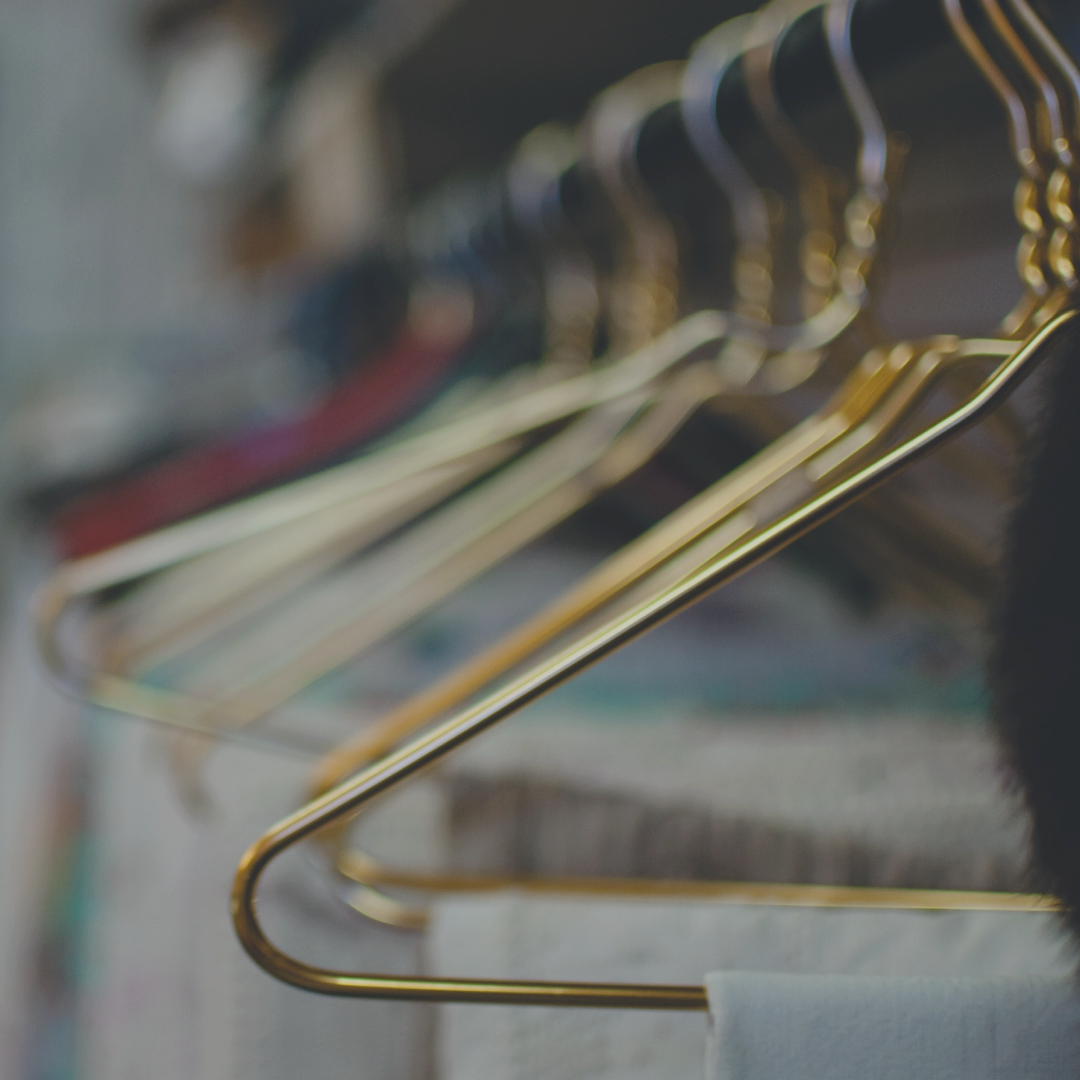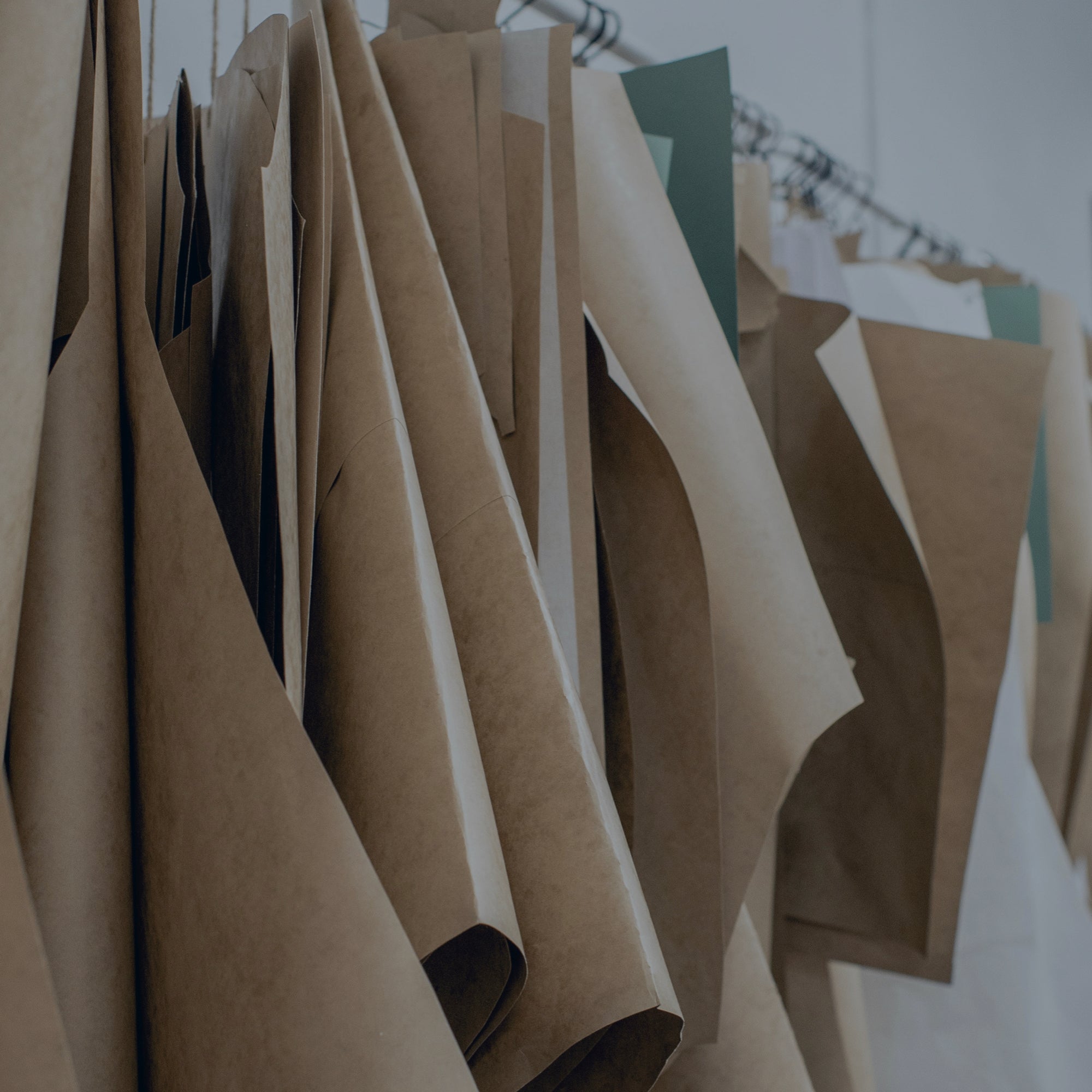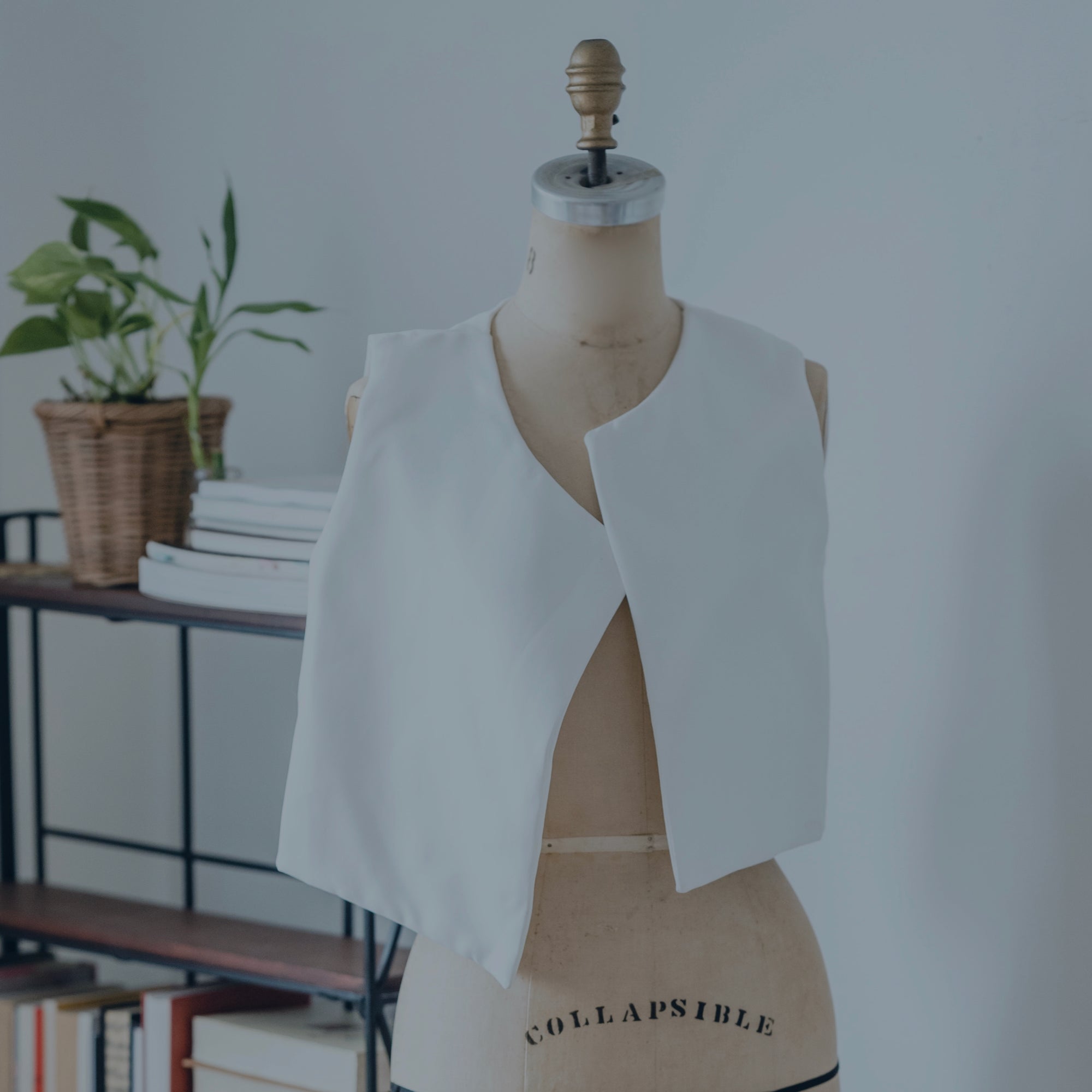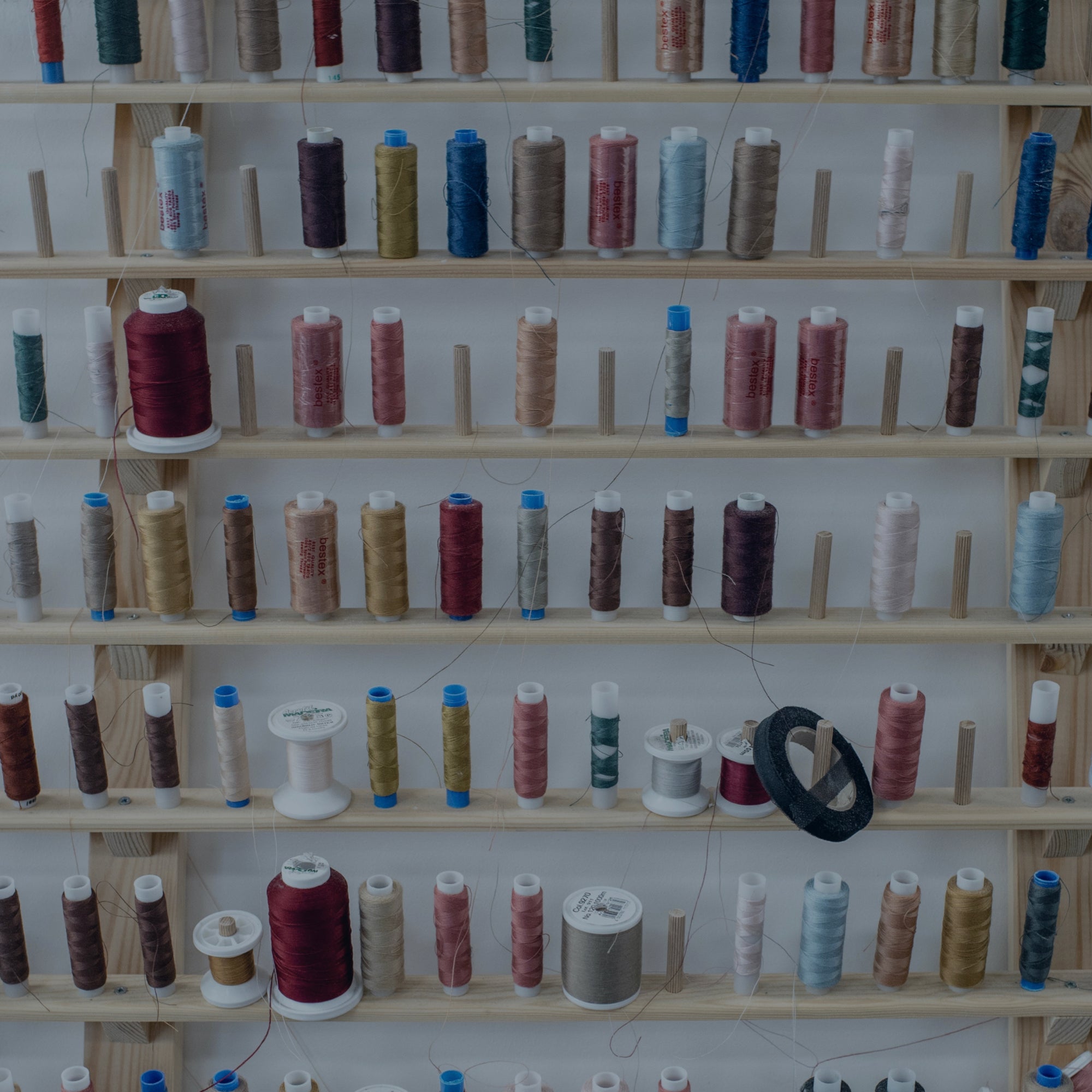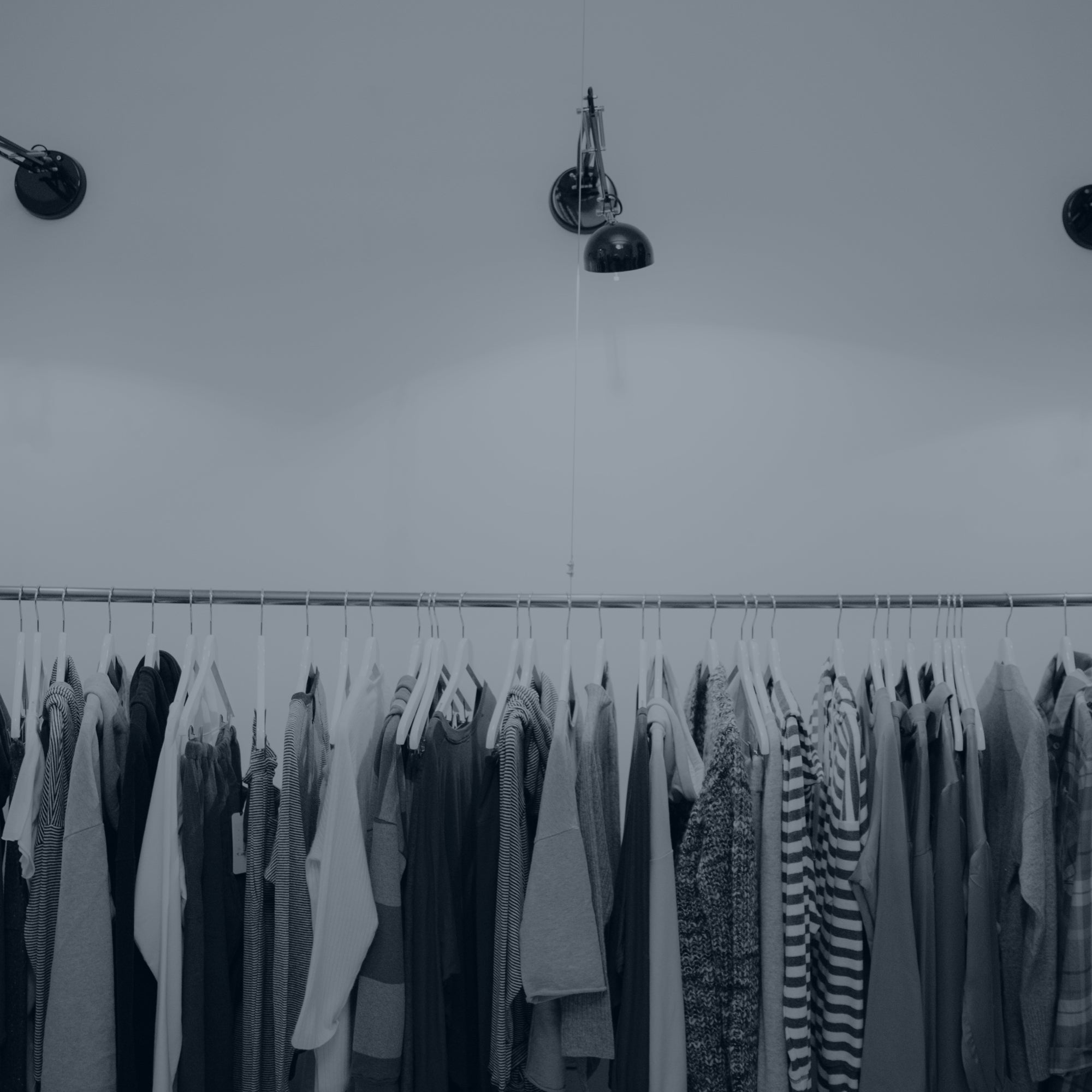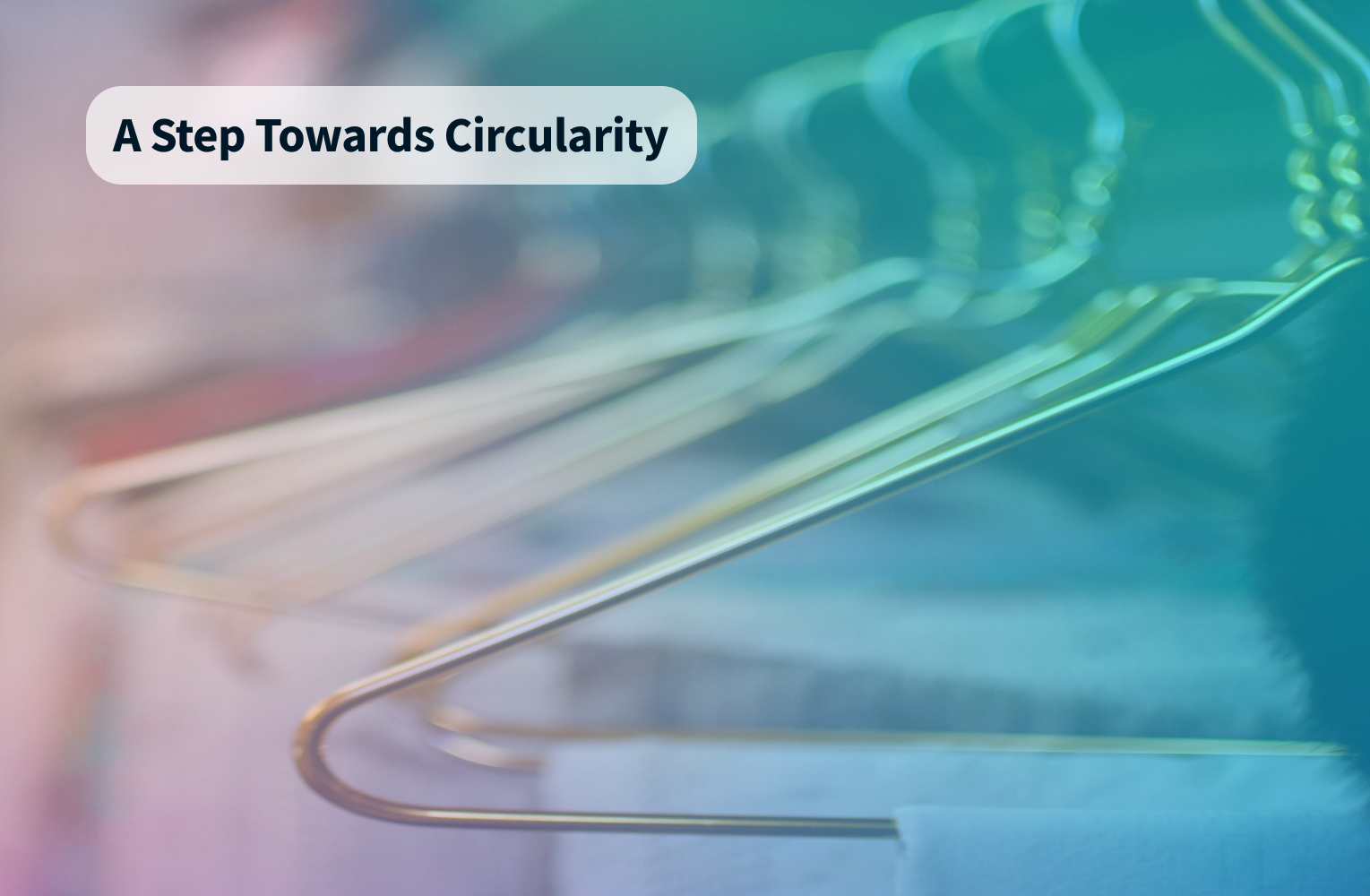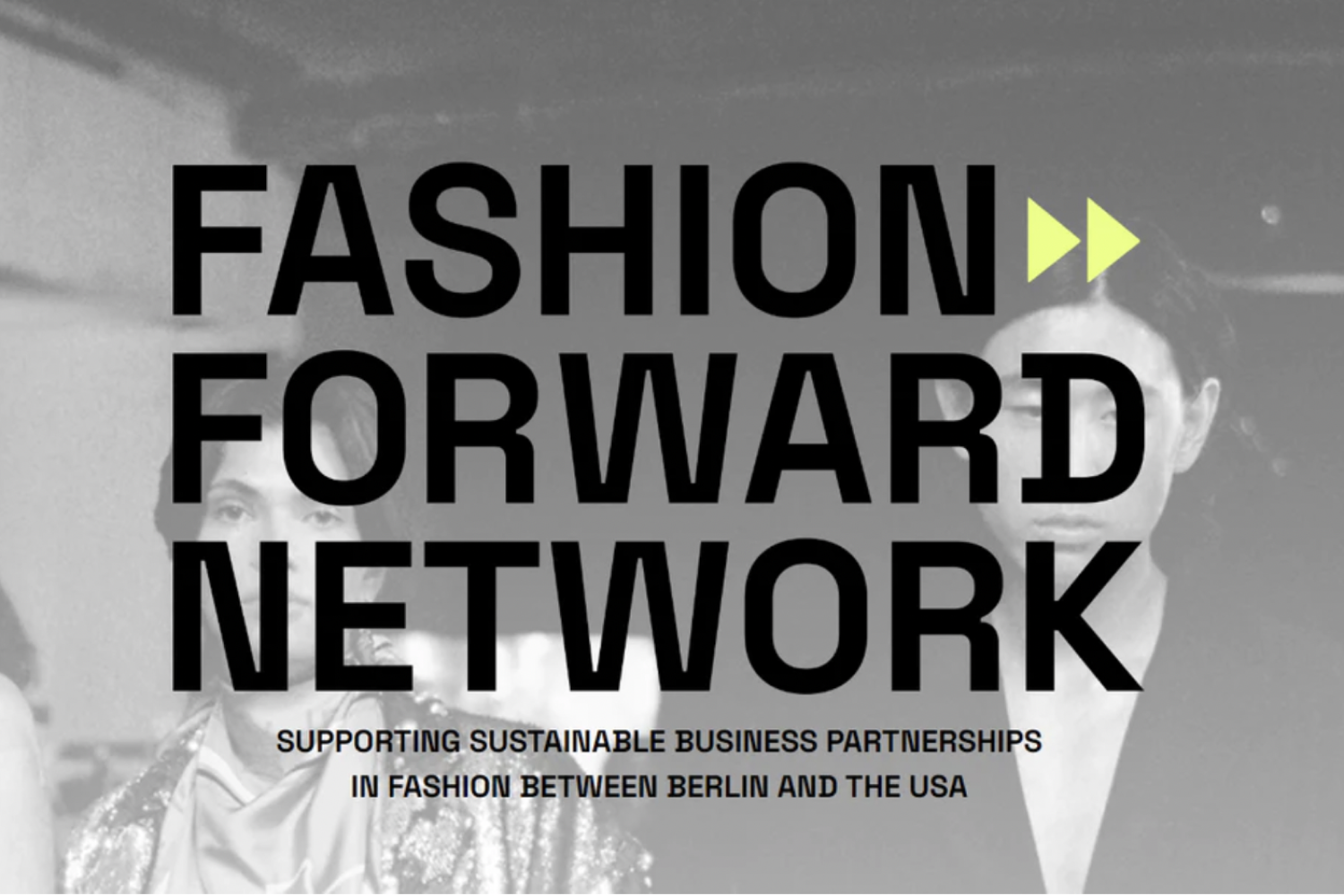Water: We Can’t Live Without It.

While the image above might look awesome and instagrammable, there is actually a very sad story behind it. It is taken from the Aral Sea, located between Kazakhstan and Uzbekistan in Central Asia. The Aral Sea was the fourth-largest lake in the world, providing thousands of jobs to small fishing towns along its coast. It was home to hundreds of different sea life species and provided water to animals and humans in a desert-like region in the west of Central Asia.
In the late 1980s however, fashion manufacturing and cotton production in the Soviet Union skyrocketed, resulting in irreversible damage to an entire ecosystem. Over the years, irrigation pipes from the Aral Sea transported millions of gallons of water to crops in valleys across Central Asia. Factories were established along the coast of the sea and the fashion and textile industry began booming.
Within a decade the water levels decreased rapidly, water toxicity and salinity increased and today, the world’s 4th largest lake has become desert. Only 10% of the original lake exists and as a consequence thousands of jobs are gone, hundreds of species died out, diseases in the region spiked due to water toxicity, and many towns lost over half of their population.
This example of the Aral Sea shows the devastating effects of the fashion and textile industry on the environment. Today, the fashion industry is the second largest polluting industry and one of the largest water consumers and polluters. The fashion industry in 2015 consumed 79 billion cubic meters of water, and today produces an estimated 20% of global wastewater, with figures expected to keep rising.
The fashion and textile industry has the largest effect on environmental degradation due primarily to water usage and wastewater. Steps have been taken by many apparel and textile manufacturers to address these issues, which is why we asked some of our manufacturers to elaborate on the issue and discuss with us what they have done to address it.
Featured Manufacturers: Besfit Company Limited (Hong Kong) & Trend S.R.L (Italy)
Problem: Excessive Water Usage
As stated earlier, the fashion and textile industry is one of the largest industries concerning water usage. Through material production, all the way to dyeing, billions of liters of water are used to make clothing. For example, up to 20,000 liters of water are needed to produce one kilogram of cotton, which is roughly one t-shirt and a pair of jeans. For a single T-shirt, it takes 2,700 liters or about three years worth of drinking water for a person. This is an insane amount, considering how many people in the world do not have access to clean drinking water. Cotton, which is used in the vast majority of garments, uses more water than any other crop. It requires constant watering, warm temperatures, and uses an excessive amount of fertilizers and pesticides which contaminate the groundwater, rendering it useless for future usage.
Also, the dyeing process is extremely water-consuming: 100 to 150 liters of water are needed to process one kilogram of textiles. Around 28 billion kilos of textiles are dyed every year, I’ll let you do the math.
Solution: Trend S.R.L
So what are clothing brands and manufacturers doing about this? Well, it all depends on customers as demand affects everything. As more shoppers become aware of this, brands become more conscious, resulting in them ordering doing business with more sustainable manufacturers who do everything possible to mitigate the industry’s effect on the environment. Solutions for this range from using 100% organic fabrics to using eco-sustainable washes to conserve water. More and more dyeing manufacturers are trying to reach the 1-to-10 dye-to-water ratio- it is currently common to be around 1-to-30- and save some water this way. Some companies are even developing dry or foam dyeing processes using pressurized carbon dioxide in a closed-loop system to dye polyester or other synthetic fabrics. This technique can not yet be used to dye cotton as it is a water-absorbent textile but it shows that alternatives to this excessive water consumption exist.
Based in Urbania, Italy, the team at Trend S.R.L. has devoted themselves to making the company one of the leaders in Italian sustainable high-quality fashion. Primarily focused on denim products, Trend S.R.L. uses organic fabrics and eco-friendly washes to save 1500 liters of water per every jean made. This effort makes a huge difference and their commitment to treating wastewater means no chemicals get leaked into water systems or nearby bodies of water. Also, Trend S.R.L. was with Tencel, an eco-friendly fabric produced in a closed-loop system that prevents both excess water usage and water pollution due to wastewater dumping.
Similarly, Ecologic Republic B.V., based in Amsterdam with production facilities in India has created its entire business model around sustainable, eco-friendly fashion. The company works with 100% organic and sustainable cotton, lessening the usage of water in crops. The use of organic fibers also means toxic fertilizers and pesticides do not contaminate the groundwater which travels to lakes, rivers, and oceans. Most importantly, the company offers alternatives to cotton with organic hemp and linen for example. The use of linen or hemp fabrics instead of cotton reduces the impact on the environment as these plants need way less land and water, and no pesticides or other chemicals to grow.
Problem: Water pollution
Water pollution and particularly untreated wastewater dumping in the fashion and textile industry is considered a major catalyst to environmental degradation. This is due to the heavy use of chemicals used to dye garments and failure to properly treat wastewater before it is dumped in sewage systems. Many of these chemicals used to dye clothing are toxic and most have harmful effects on plants, animals, and even people. A study conducted showed an estimated 90% of worldwide wastewater dumped was not treated to remove dye with harmful, toxic chemicals. In China wastewater produced by the textile and fashion industry exceeds 2.5 billion tons every year. In Savar, Bangladesh, you can discover the next it-color just by looking at the river. Dyeing plants simply release their wastewater in the canals of the town polluting fish stocks, rice paddies, and fruits and vegetables, and causing an unbearable smell, making school students sick.
Another water pollution issue related to fashion is due to viscose, or rayon, production. This fabric is produced from wood cellulose, often eucalyptus or pine, that goes through a chemical process. Products used to turn the cellulose into a final yarn ready for fabric production are highly toxic such as carbon disulfide, sodium hydroxide, and sulphuric acid. These chemicals are often dumped in nearby watercourses and participate in water pollution on a larger scale.
Last but not least, our clothes shed. And when they’re made of synthetic fabrics such as polyester, nylon or acrylic, they have consequences on the environment in general and particularly on the marine life. Tiny fibers of synthetic textiles are released every time we wash our clothes. These microfibers are so small that they can’t be filtered during wastewater treatment and end up in watercourses and eventually the oceans where they are ingested by marine animals. A study of 2018 performed by Frontiers states that microplastics have been found in the stomach of 73% of fishes caught in the Northwest Atlantic. Of these microfibers, an estimate of 35% comes from synthetic fabrics.
Solution: Besfit.
To tackle this issue of water pollution, companies are taking initiatives.
As stated above, dry dyeing techniques are being developed to avoid any water usage which also solves the problem of wastewater dumping causing pollution.
Besides that, it is possible to decide to stop working with synthetic fabrics, they are polluting from the very first step and can be found years after in the environment. More and more brands choose to focus on (organic) natural fibers for their collections. Also, to avoid pollution due to the viscose production process, new closed-loop techniques are being developed and used to turn bamboo fibers into textiles.
But other tactics can be implemented by brands and manufacturers. We had the chance to have Alice from Besfit Company Limited, a Hong Kong-based manufacturing company, respond to discuss with us about wastewater and how her company deals with this problem. We asked her why avoiding dumping wastewater is so important for Besfit. “It’s because we want to be a responsible partner in the communities we operate in. Plus there is a business risk to being shut down if we are unable to manage and treat our wastewater”. Moreover, the company implemented multiple steps to mitigate the effects of wastewater contamination on local ecosystems. “Our sewage water is partially collected and reused for toilet flush. Also, we recycle industrial wastewater (40-50%) for garment wash processes. We implemented a simplified drinking water treatment process which helps to save 7 cubic meters per day from wastage, as well as avoid the loss of minerals in water that are needed by our body. Last but not least, we use a biological treatment system instead of chemical treatment. Quoted from the 2016 Sustainability Report, “TAL has a strong belief that the chemical treatment of wastewater is not fully sustainable as the chemicals used often take an additional toll on the environment. We are proud that all our wastewater treatment plants exclusively use biological treatments”
If you want to read more on the subject:
H&M, Zara and Marks & Spencer linked to polluting viscose factories in Asia
The Water Footprint of the Blue Jean
The dirty industry of fast fashion causing and environmental ’emergency’
More than ever, our clothes are made of plastic. Just washing them can pollute the oceans


